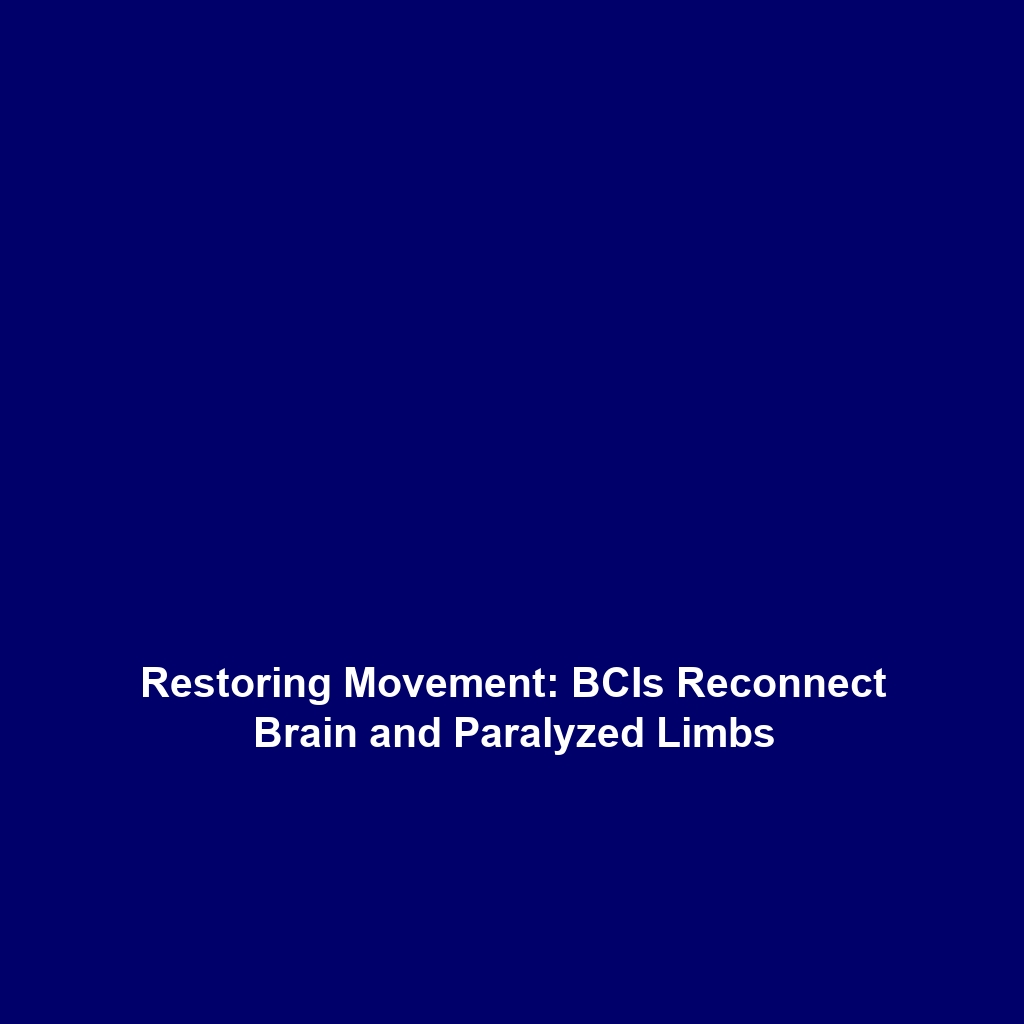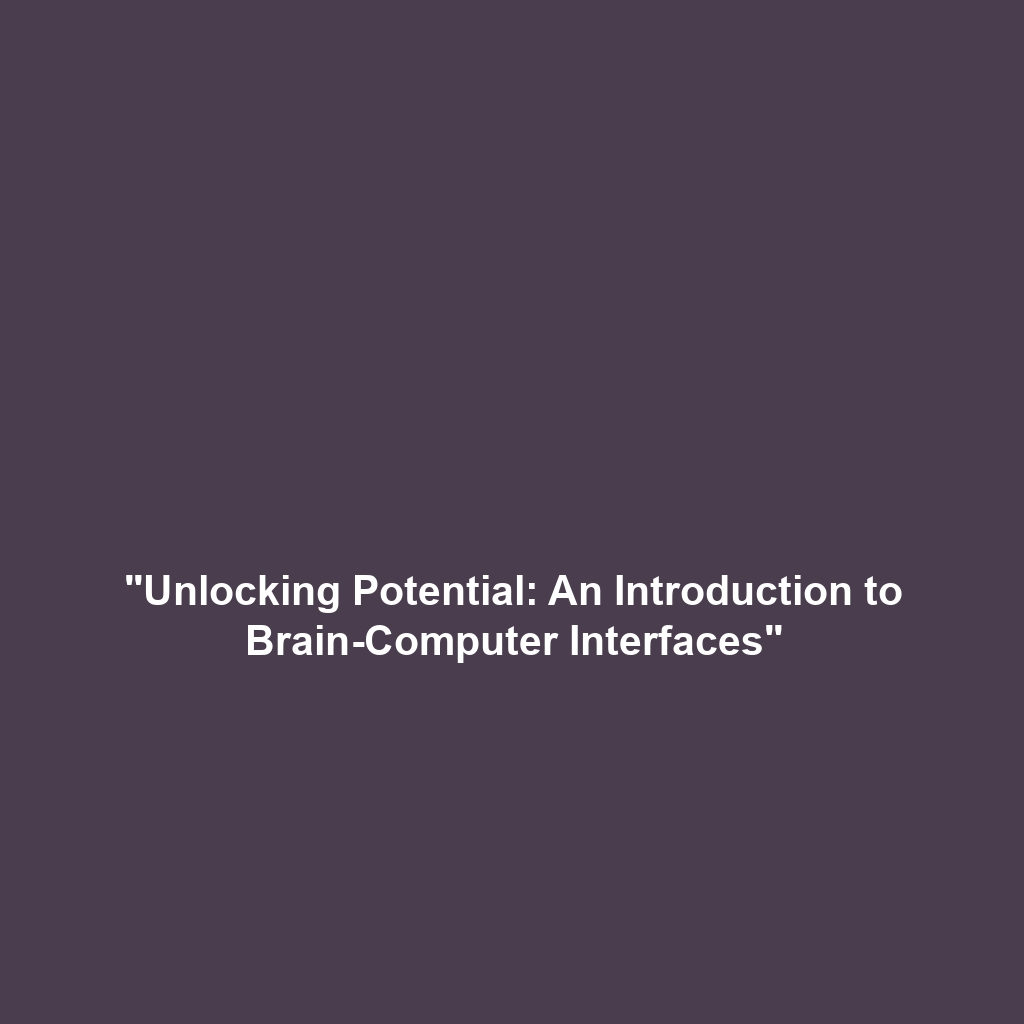Societal Acceptance of Brain-Computer Interfaces
As Brain-Computer Interfaces (BCIs) become more advanced, the societal acceptance of individuals utilizing these technologies, often termed “enhanced humans,” is a growing concern. This evolution raises significant questions regarding fairness and equity, as societal attitudes must adapt to these advancements. Understanding the implications of BCIs in our daily lives is essential, considering their potential to revolutionize various fields, including healthcare, education, and beyond.
Key Concepts
The concept of societal acceptance in the context of BCIs involves several critical components:
- Enhanced Humans: Individuals who utilize BCIs for cognitive enhancement, potentially altering social dynamics.
- Equity and Fairness: Issues arise on how access to BCI technology may be restricted, raising concerns about inequality.
- Ethical Considerations: The moral implications of BCIs must be examined to ensure fair access and protect individual rights.
These concepts fit within the broader category of Brain-Computer Interfaces, highlighting the need to address the ethical and social challenges accompanying technological advancements.
Applications and Real-World Uses
Societal acceptance is critical in various real-world applications of BCIs. Here are some examples of how societal attitudes shape the implementation of BCIs:
- Healthcare: BCIs are used in rehabilitation for stroke patients, requiring societal support for adoption.
- Education: Enhanced learning through BCIs can lead to disparities if not equitably distributed.
- Workplace Productivity: Utilizing BCIs for cognitive enhancement might create a divide between those with access and those without.
Current Challenges
Several challenges and limitations hinder the societal acceptance of BCIs:
- Stigmatization: Individuals using BCIs might face social stigma.
- Accessibility: Limited access to BCI technology may exacerbate existing inequalities.
- Legal and Ethical Issues: The lack of clear regulations regarding the use of BCIs poses risks to individual privacy.
Future Research and Innovations
Future innovations related to the societal acceptance of BCIs are crucial. Research is underway that explores:
- Breakthroughs in ethical frameworks that govern BCI use among different societal groups.
- The development of next-gen BCIs that prioritize equitable access to technology.
- Longitudinal studies to assess the impact of BCIs on social norms and attitudes.
Conclusion
In conclusion, the societal acceptance of Brain-Computer Interfaces is an ever-evolving field that calls for careful examination. As technologies advance, understanding the implications for fairness and equity becomes vital. Stakeholders must actively engage in dialogue to ensure equitable access to BCIs for all individuals. For further insights into related topics, consider reading about ethical dilemmas in technology or the role of BCIs in healthcare.

